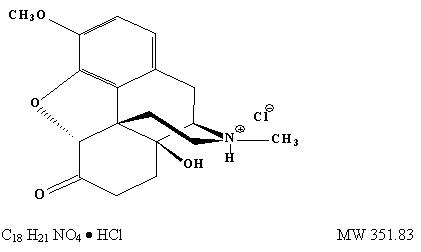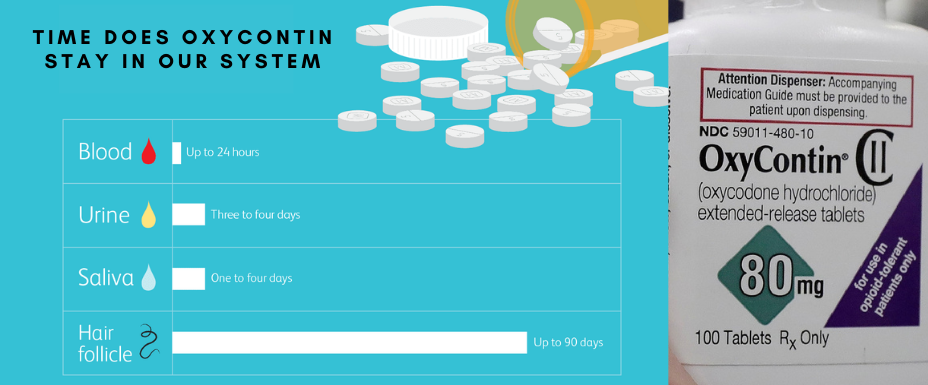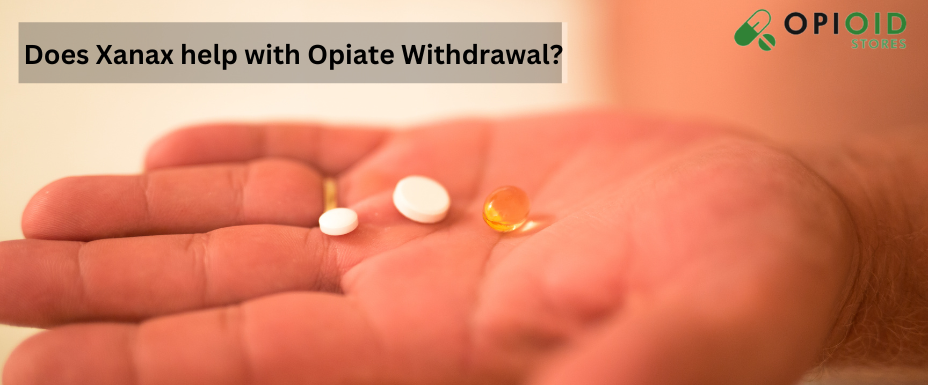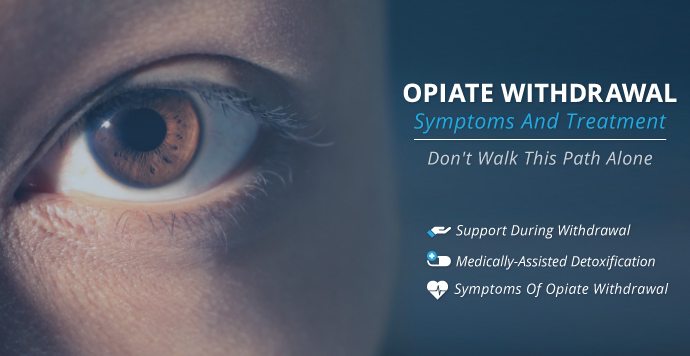How much time does Oxycontin stay in our system?
What is Oxycontin?
OxyContin is a powerful opioid medicine used for relieving extreme pain. It reacts by working on your brain to change your body’s reaction to pain or inflammation. It changes the way you feel pain. Before starting this medication, one must consult a doctor, have a detailed discussion to ensure that the patient needs OxyContin in their case and plan the dosage so that the patient does not experience withdrawal symptoms.
The sale of OxyContin tablets online is convenient for patients because they can order OxyContin without prescription effortlessly.
How long does Oxycontin stay in your system?
When you take it, it starts working to relieve pain in about two to four hours, although it reaches its peak effects in 15 to 30 hours. It will continue to act for a few days. This drug is designed to produce a long-acting and steady amount of pain relief.
It is detectable in your urine for one to four days, and a person will test positive for Oxycontin within one to three hours of taking it. It is detectable in your saliva within minutes after taking the drug and can be detected on a test for up to 48 hours.
How should I take OxyContin?
You can compare pharmacy prices of drugs on opioidstores.com. Order OxyContin online as per the dosage that best suits you. One can take OxyContin with or without food, and patients usually take it every twelve hours. In case you experience nausea, you must take this medicine with food. You can discuss with your doctor other techniques to control nausea. It would be best to swallow whole OxyContin tablets and not crush, chew, break, or dissolve them, leading to it overdose by releasing all of the medicine at once.
Take only a single OxyContin tablet at a time to ensure you do not get choked if your prescribed dosage is for more than one tablet. Buy OxyContin online from us because we guarantee genuine and superior quality products.
What are the primary uses of OxyContin?
OxyContin is primarily used to relieve pain from arthritis, injuries, back pain, and other conditions. It is also used to suppress cough because it acts as an antitussive. It can also be used to treat diarrhea.
Important Information
One must remember that one should only use it for severe pain when non-opioid medicine does not help, or you can not tolerate them. One should only take a high dosage( above 40 mg per tablet) of the drug if the person has frequently been taking moderate amounts of opioid pain-relief medicines.

What should I do before using OxyContin?
Do not take OxyContin if:
- You have lung-related problems or experience trouble breathing;
- You have bowel blockage or urination issues;
- You have breathing problems, seizures, or a head injury;
- Kidney or liver disease or problems in the pancreas or gallbladder;
- Sleep apnea or thyroid;
- Drug or alcohol addiction.
Oxytocin Dosages
For adults over 18 years: It would be best if you took OxyContin tablets at an interval of twelve hours. The dosage depends on the severity of the pain. It also depends on the patient’s previous history of requirements for analgesics.
Before starting treatment with it, doctors must discuss with patients and put a strategy to end therapy with OxyContin to reduce the possible risk of drug withdrawal syndrome. Usually, the minimum effective dosage for analgesia should be selected. With the increased severity of pain, the dosage of OxyContin tablets should be increased, using the different tablet strengths to achieve pain relief in patients. The correct dosage for any patient is that which controls the pain for a total of twelve hours. Patients must be titrated for pain relief unless uncontrolled extreme drug reactions prevent this.
The usual starting dose for patients who have not taken any opioids in the past or patients with severe pain unmanageable by opioids of lower strength is 10 mg. Some patients can benefit from an initial dose of 5 mg to reduce the occurrence of side effects. It should not be used in minor patients. OxyContin 60 mg, 80 mg, and 120 mg tablets should not be used in patients not previously exposed to opioids. Oxycontin 30 mg is the maximum dose for such patients.
Higher tablet strengths may cause dangerous respiratory depression when given to opioid naïve patients. To know more about the dosage of OxyContin or to get a free medication guide, you can buy OxyContin online.
What should I avoid while taking OxyContin?
One should not drink alcohol during the treatment with OxyContin because that may increase the risk of experiencing adverse side effects. Another essential thing to know is that OxyContin may cause severe breathing problems, especially during the first or second day of consumption.
Also, share with your doctor if you are pregnant or are planning to be pregnant because OxyContin could lead to severe withdrawal symptoms in the baby. Inform the baby’s doctor immediately if the baby experiences hyperactivity, uncontrolled shaking, abnormal sleep, diarrhea, failure to gain weight or vomiting.
It would be best to avoid consuming grapefruit while you are on this medication. Discuss with your doctor before doing so. The doctor prescribes the dosage according to your condition and response to the medication. Please do not increase the dosage or take it longer than the doctor prescribed. Stop taking the drug when directed to do so.
If you stop taking it suddenly, you may experience withdrawal symptoms. Therefore, you must strictly follow your doctor’s instructions regarding the same. Inform the doctor if you have any symptoms such as mental changes, runny nose, muscle aches, trouble sleeping, anxiety, sweating, or sudden changes in behavior.
What are the side effects of OxyContin?
Get emergency medical help if you show allergic reaction symptoms to OxyContin: difficulty breathing; hives; swelling of your throat, lips, face, or tongue. Opioid medicine can lead to breathlessness and even death. A person caring for you should seek emergency medical attention or give naloxone if you have difficulty in breathing, if you are hard to wake up, or have blue-colored lips.
Call your doctor immediately if you have: sighing, noisy breathing, breathing that stops during sleep, shallow breathing; a slow heart rate; a light-headed feeling; confusion, unusual thoughts, seizure; low cortisol levels; or high serotonin levels in the body.
What drugs can interact with OxyContin?
Check with the doctor before taking OTC medication if you are taking OxyContin. Many over-the-counter medications may cause dangerous drug interactions with it. Medicines like diphenhydramine found in some allergy and cold medications may cause sedative effects. These medicines can be harmful when added to the sedative side effects of it. While many medicines can interact with OxyContin, some examples are:
- Anti-seizure medications, like topiramate (Topamax, Qudexy XR, others), carbamazepine (Carbatrol, Tegretol, others), and lamotrigine (Lamictal)
- Benzodiazepines, such as clonazepam (Klonopin), diazepam (Valium), alprazolam (Xanax), and lorazepam (Ativan)
- Certain antibiotics like clarithromycin, alcohol, and some antidepressants
- Certain antifungals, including an ketoconazole ,voriconazole (Vfend), itraconazole (Onmel, Tolsura), and voriconazole (Vfend)
- Some antiretroviral medications used for HIV infection, including ritonavir (Norvir), atazanavir, and indinavir (Crixivan)
- Medicines for sleeping problems, like zolpidem, eszopiclone, and zaleplon
- Medicines used to treat psychiatric problems, like haloperidol, clozapine, aripiprazole, and quetiapine
- Drugs used to treat nerve pain, like gabapentin and pregabalin
- Muscle relaxers, like cyclobenzaprine and baclofen, and some other opioid medicines




